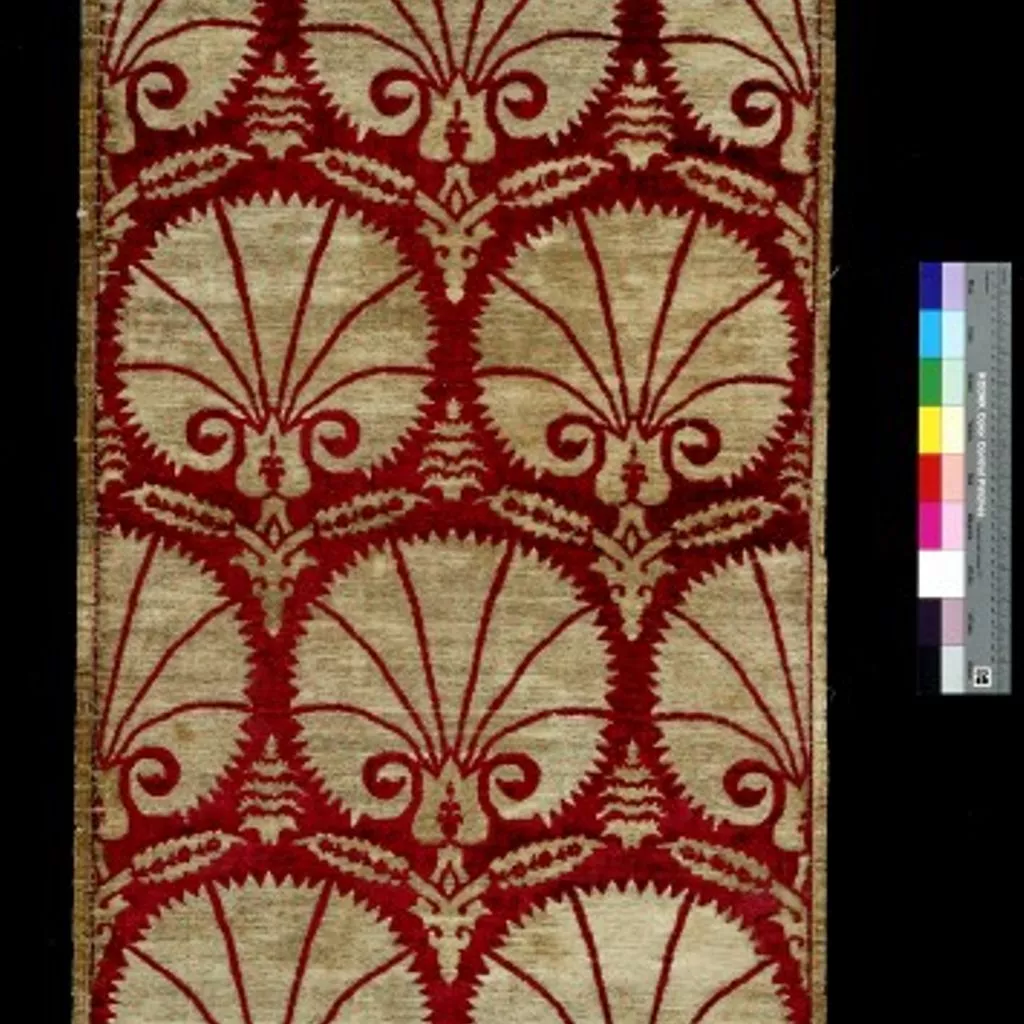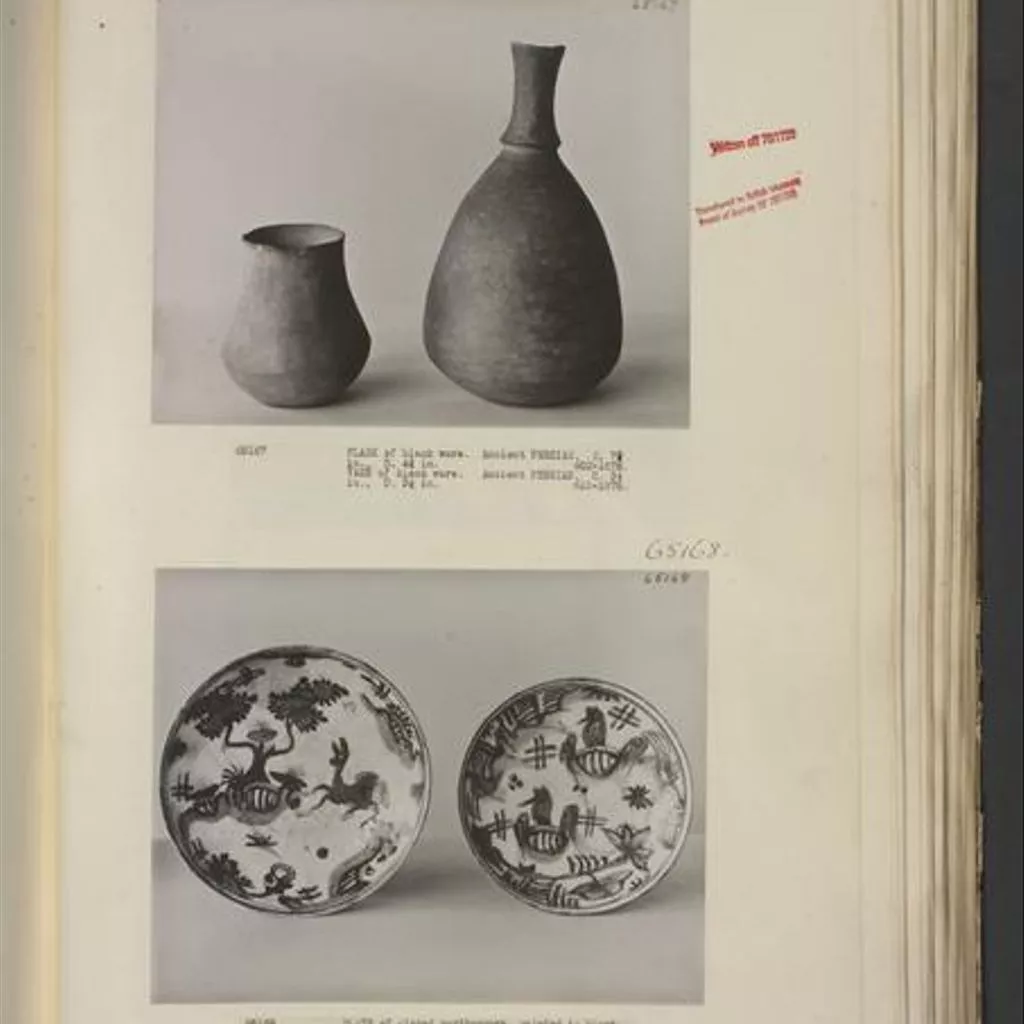1601 / 1625, Bursa
1601 / 1625, Bursa
- Identificador
- 96-1878
- Colección
- Material
- Técnica
- Motivos
- Floral motif 67%

- Vegetal motif 61%

- Floral motif 67%
- Dimensión
- 178 cm (length)6 kg (weight)67.5 cm (width)
- Siglo
- Lugar de producción




Los datos contenidos en ADASilk proceden de las colecciones del Art Institute of Chicago, Boston Museum of Fine Arts, CDMT Terrassa, Europeana, Gallica, Garín 1820, Joconde Database of French Museum Collections, Metropolitan Museum of Art, Mobilier International, Musée d'Art et d'Industrie de Saint-Etienne, Musée des Arts Décoratifs, Musée des Tissus, Musei di Venezia, Museo de Arte Sacro El Tesoro de la Concepción, Paris Musées, Red Digital de Colecciones de Museos de España, Rhode Island School of Design, Sicily Cultural Heritage, Smithsonian, Versailles, Victoria and Albert Museum. Las visualizaciones del Telar Virtual y los mapas espacio temporales han sido desarrollados por la Universitat de València. ADASilk se basa en un motor de búsqueda exploratoria genérico para grafos de conocimiento que se está desarrollando en EURECOM e incluye contribuciones científicas de la Universitat de Valencia, Centre National de la Recherche Scientifique - Lyon 2, Universita Degli Studi di Palermo, GARIN 1820 S.A., Institut Jozef Stefan, Gottfried Wilhelm Leibniz Universitaet Hannover, Monkeyfab, y el Instituto Cervantes.
Contáctenos: info@silknow.eu


